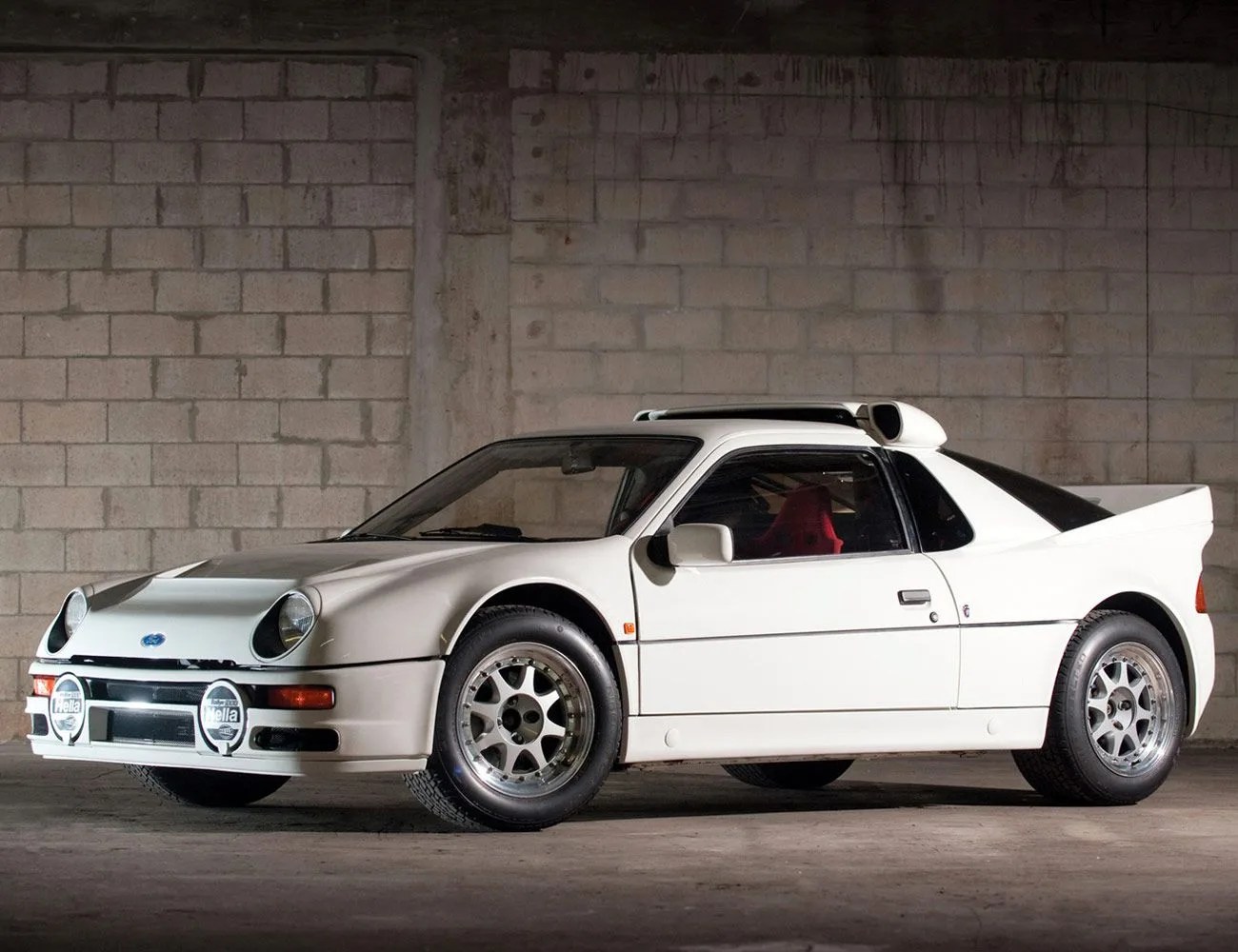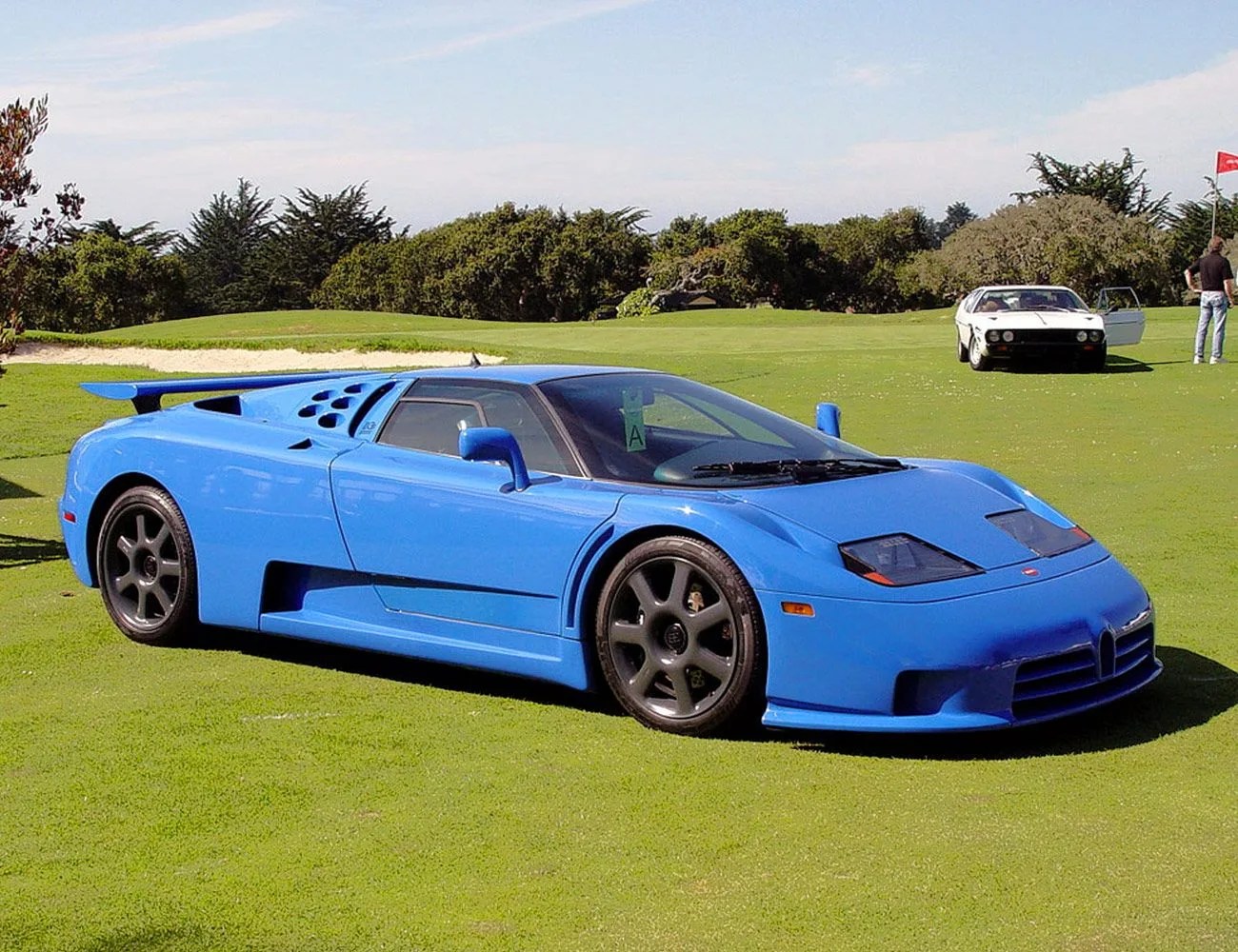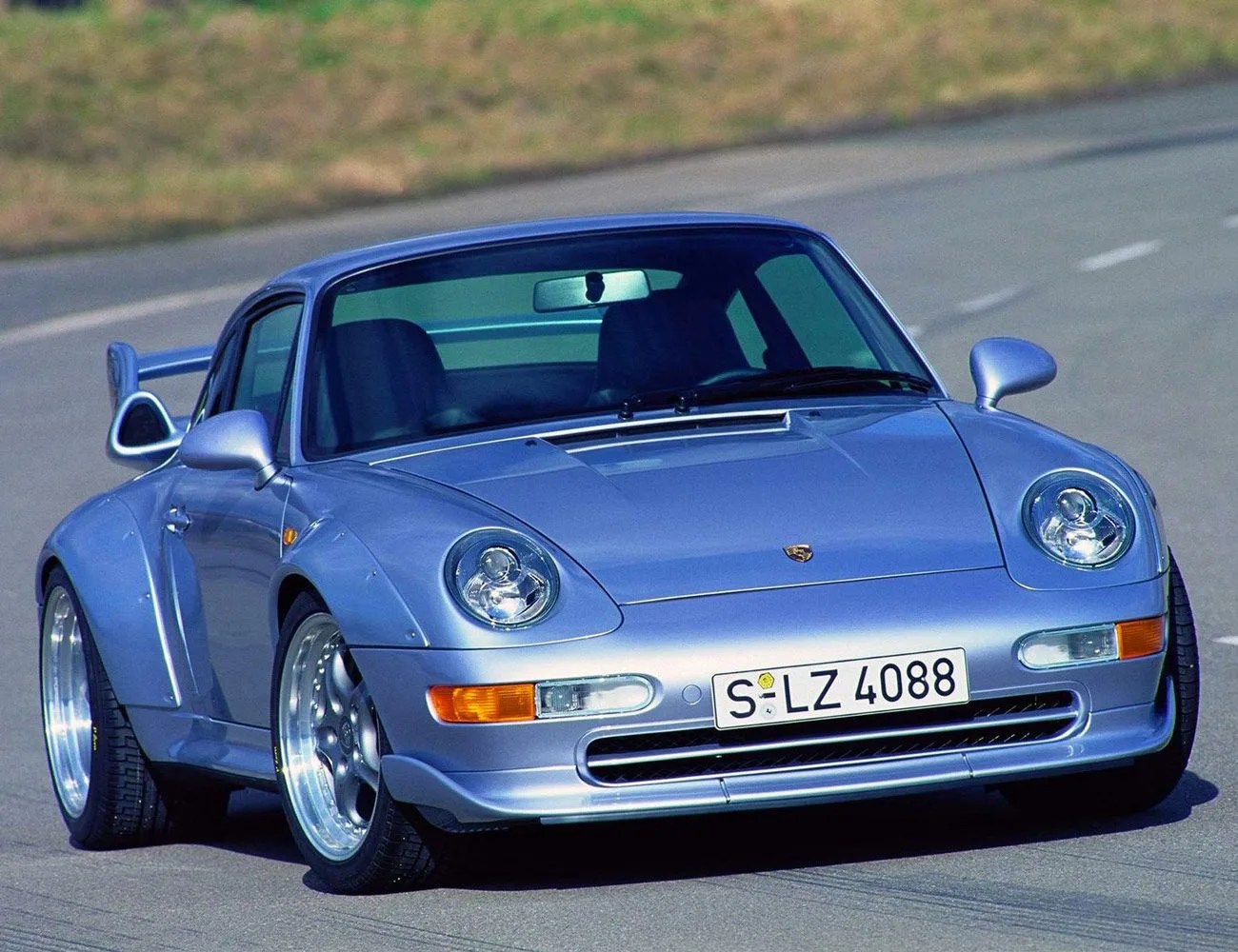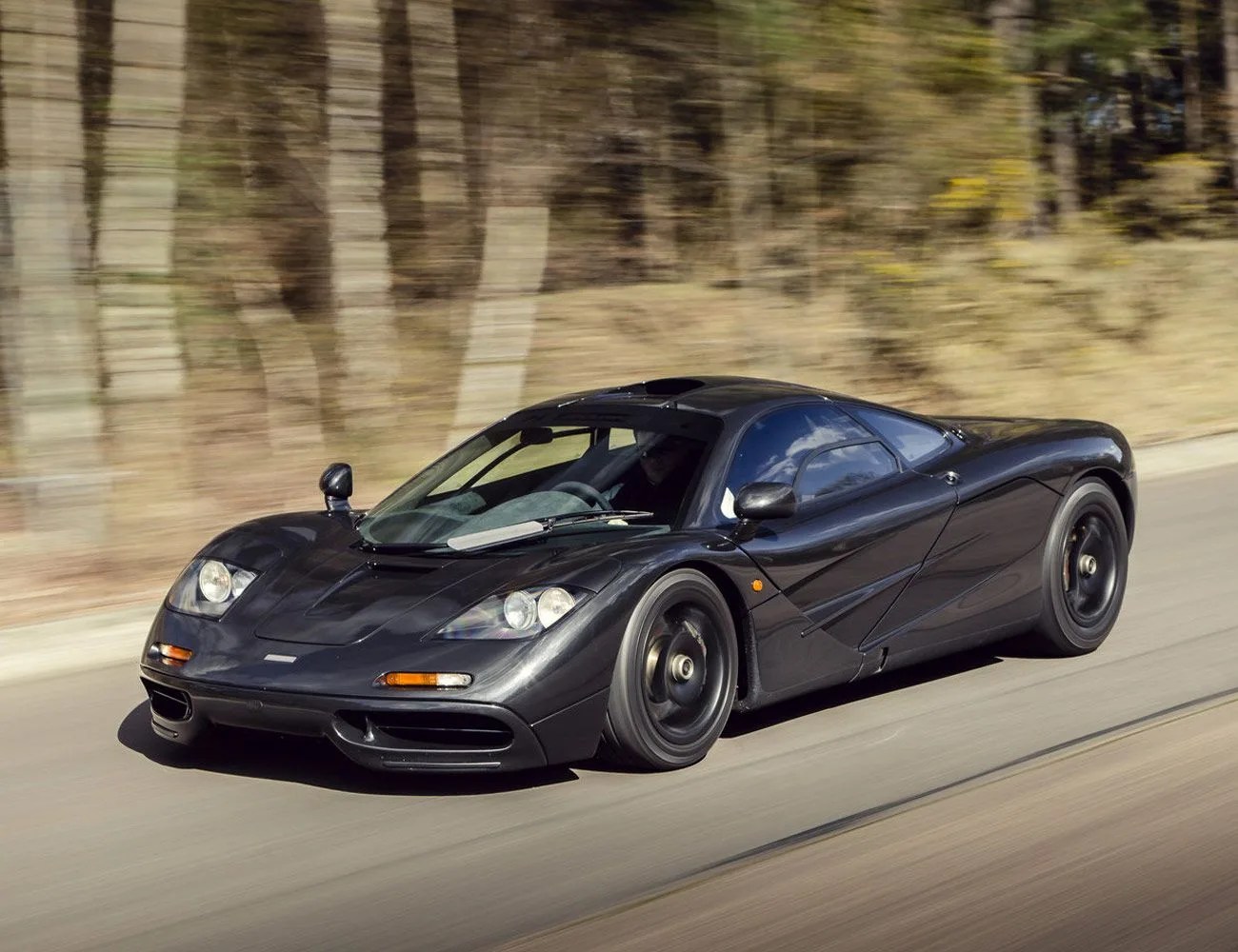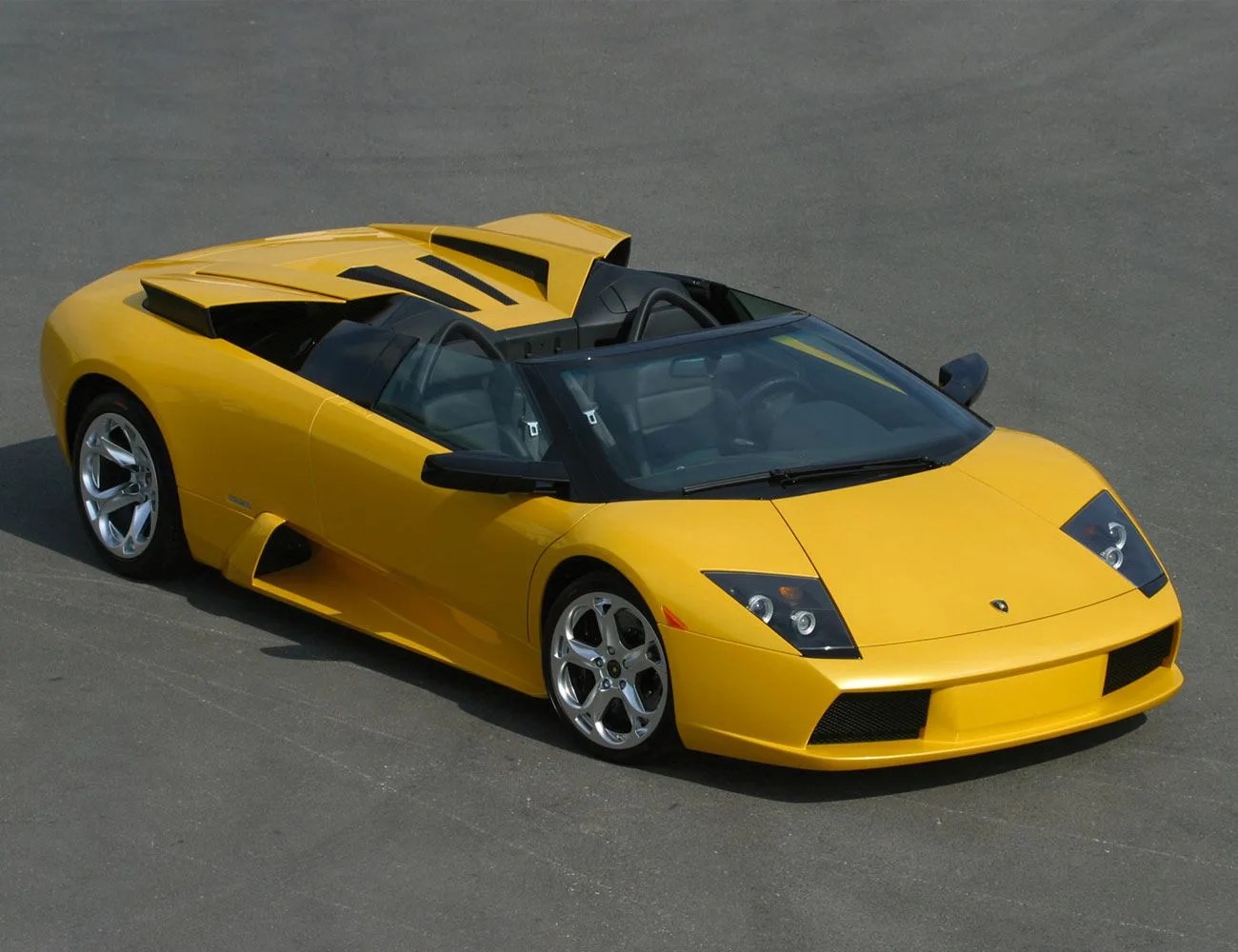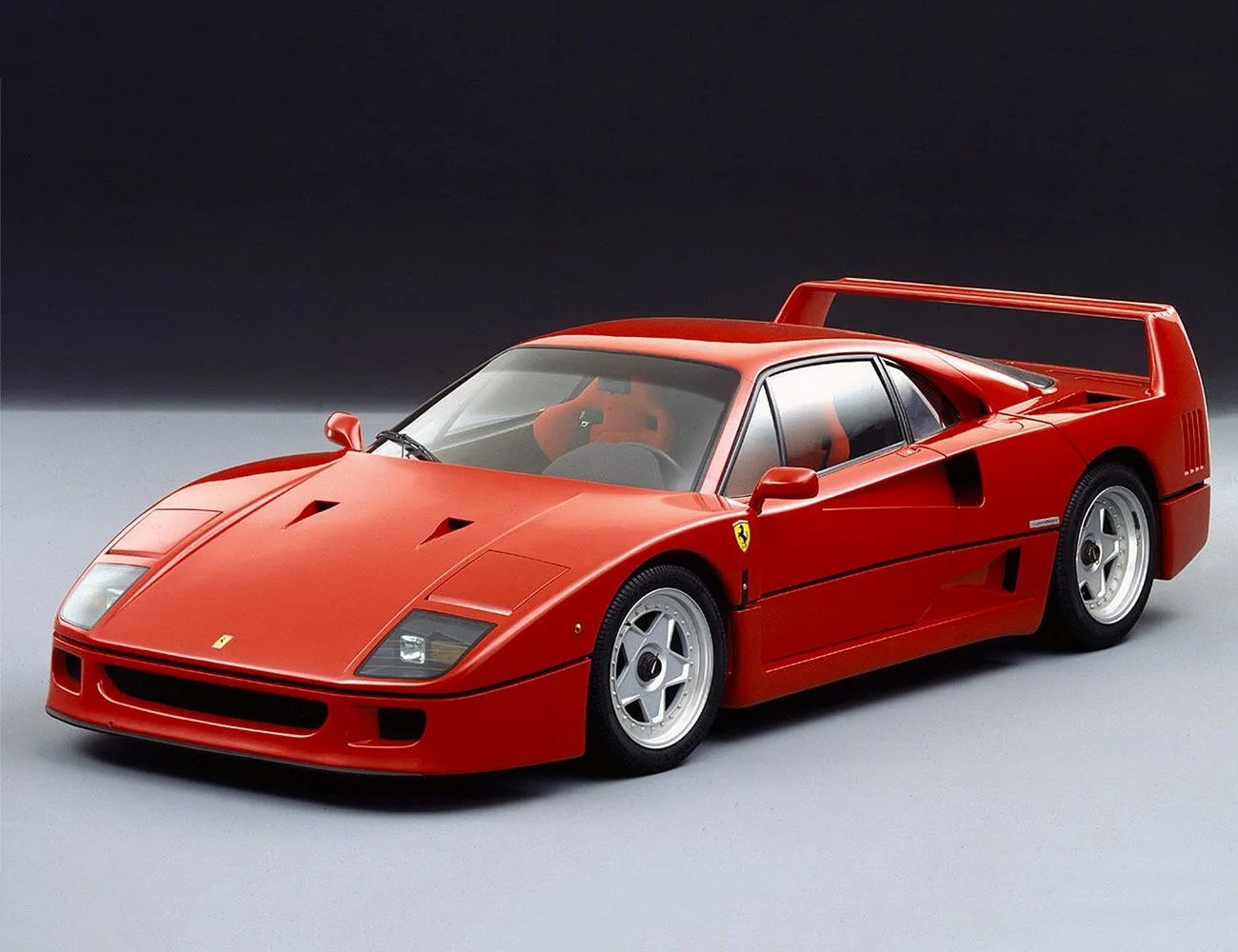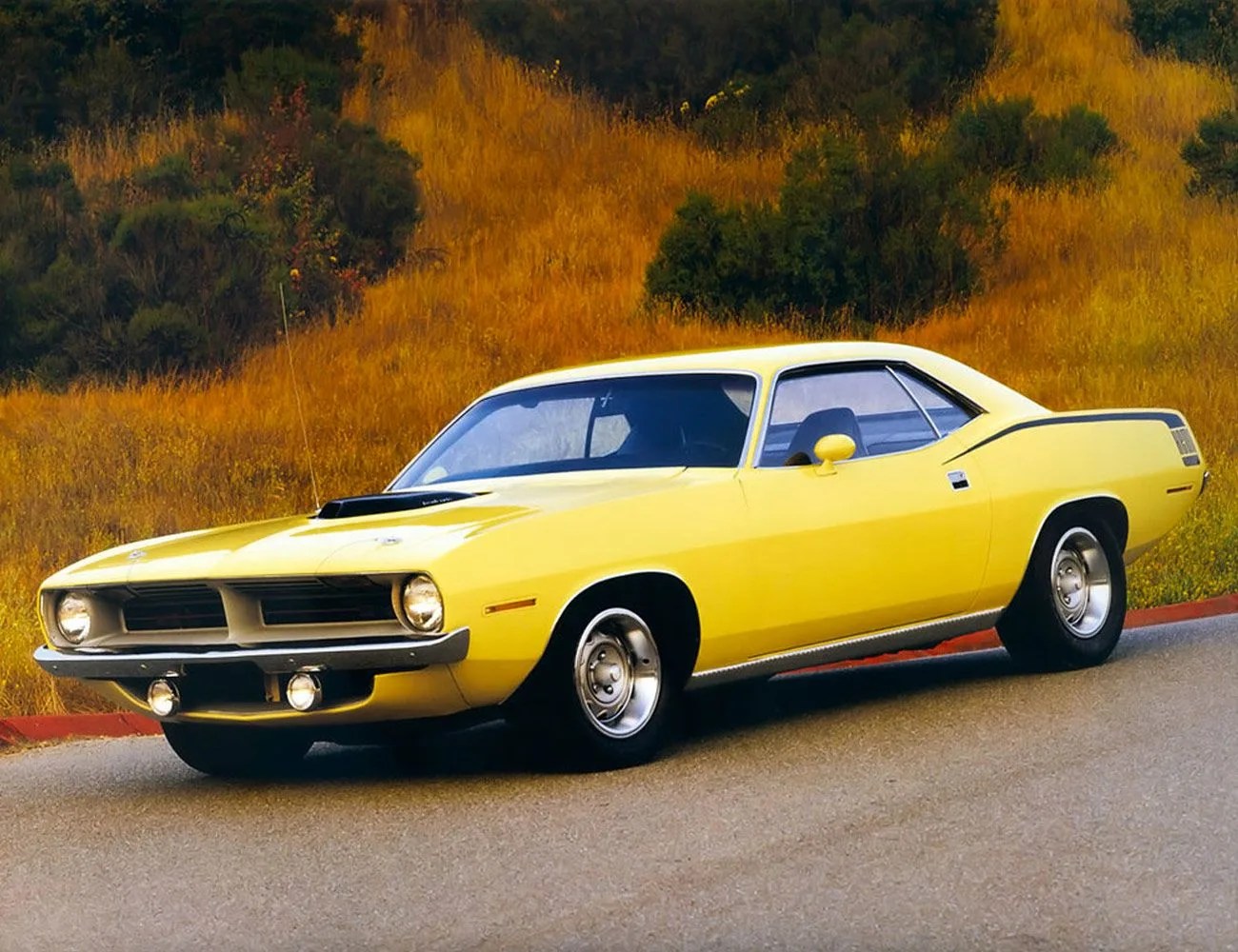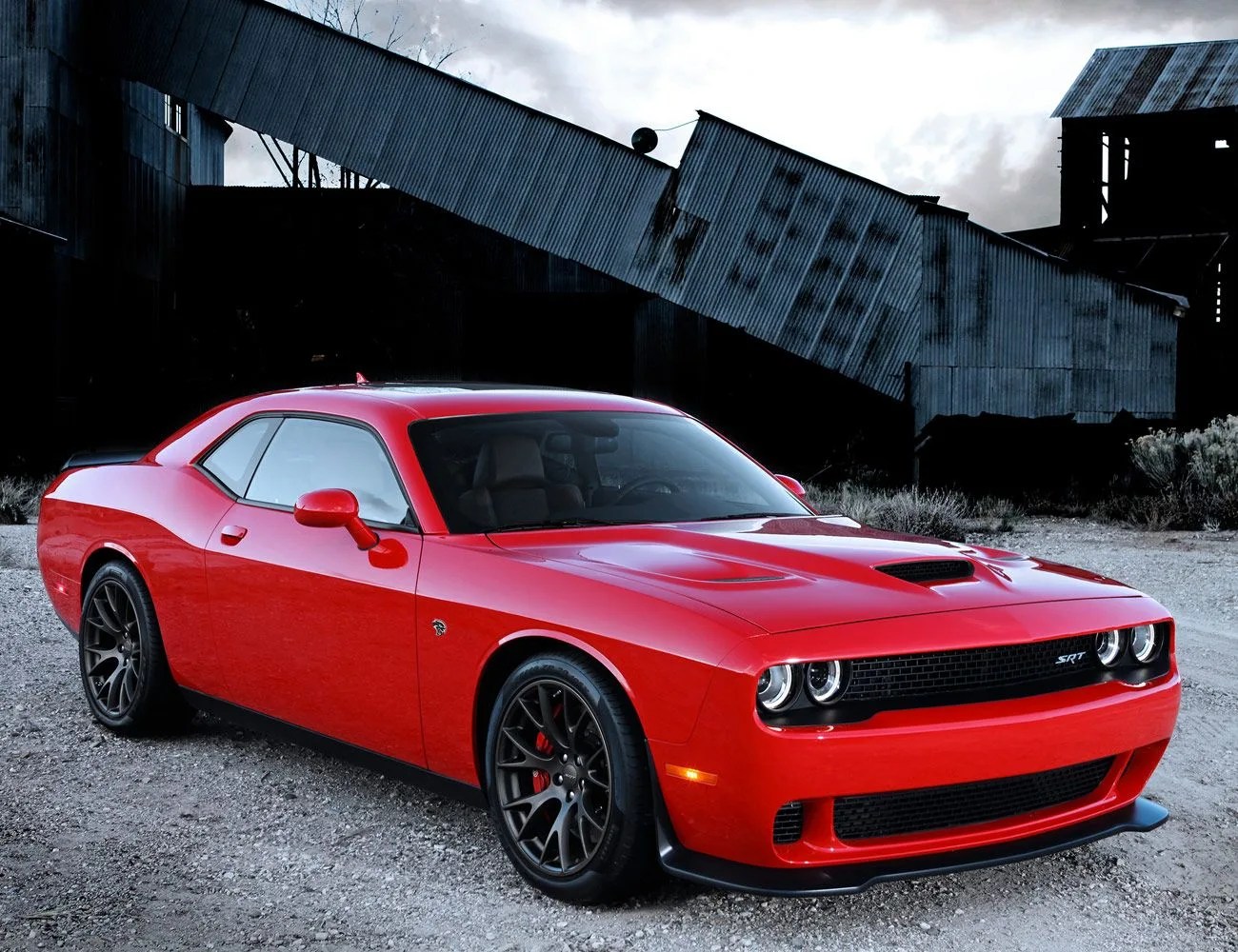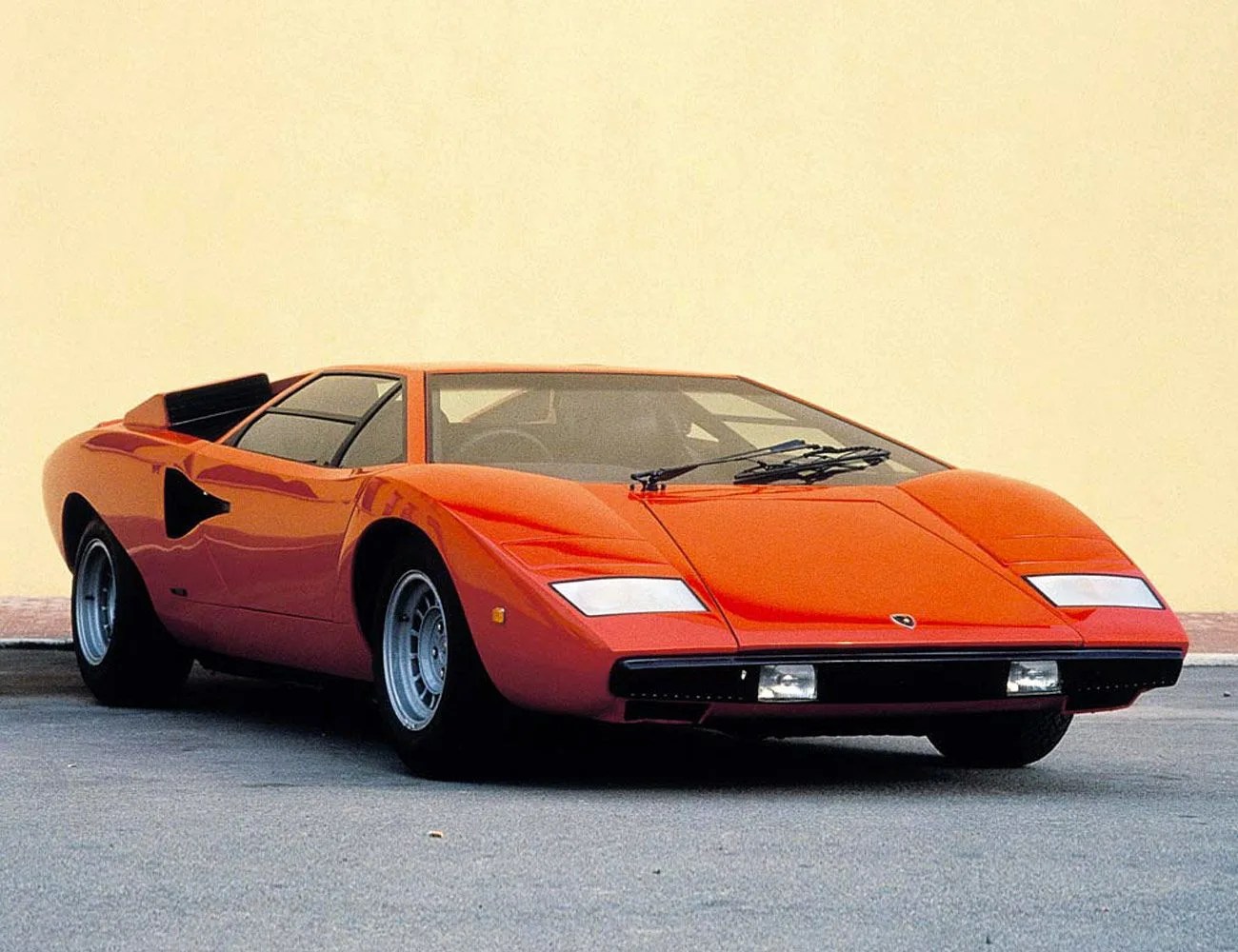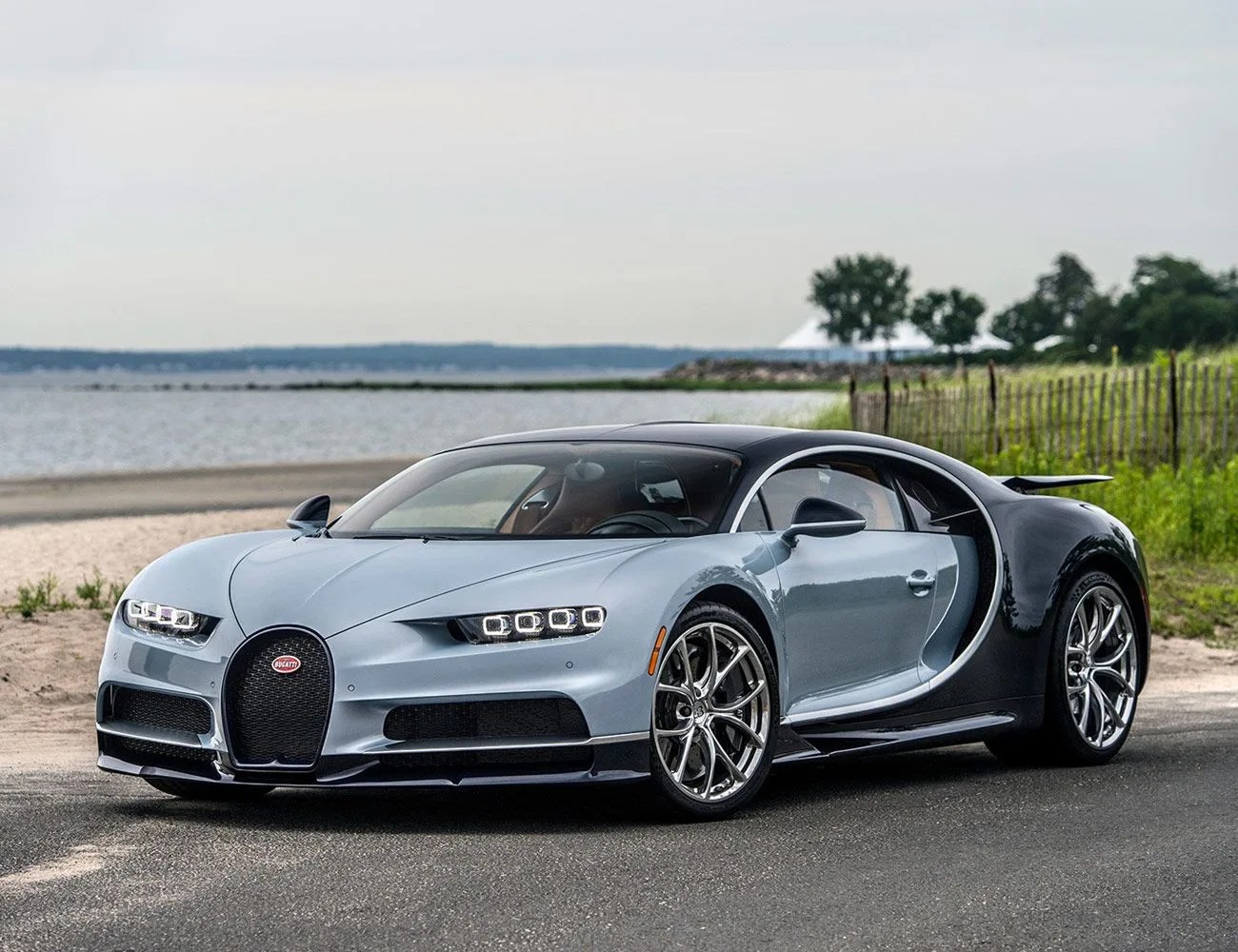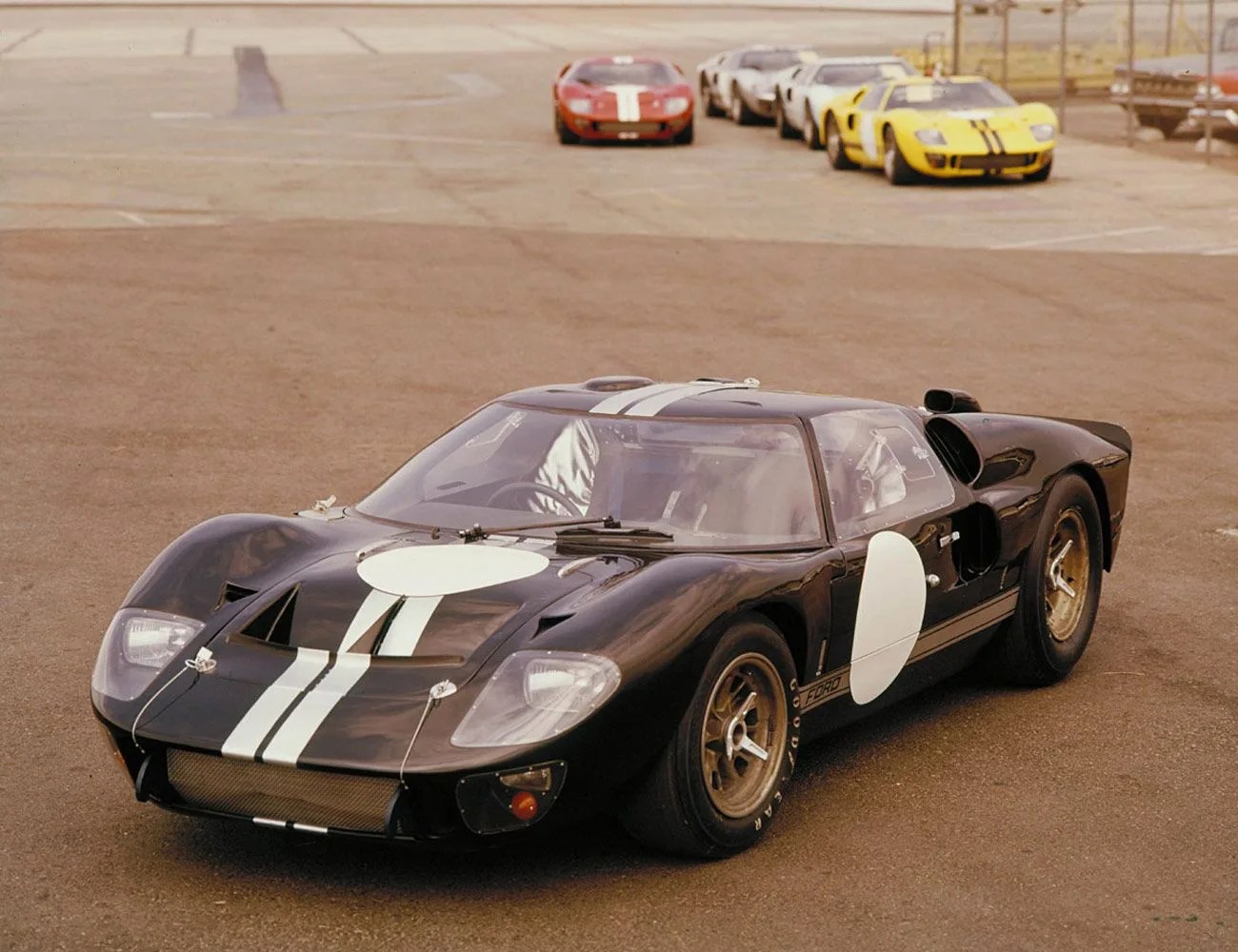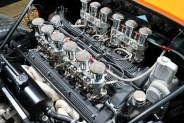In today’s world, high-horsepower sports cars with outputs of 700-plus ponies aren’t unheard of. Those massive engines need oxygen to breathe and just as much air to keep them cool which is one of the main reasons the faces of most performance cars are more vents and air ducts than actual bodywork. That said, hood scoops, air ducts and radiator vents are nothing new, and they’re no longer strictly for the performance car sector. Now that they are commonplace across almost all segments, performance-minded or not, it’s worth looking at some of the best hood scoops and air ducts of all time. Consider this a reminder that just because adding intakes is standard practice, doesn’t mean that designers shouldn’t put in the effort to make them outstanding.
1984 Ferrari Testarossa
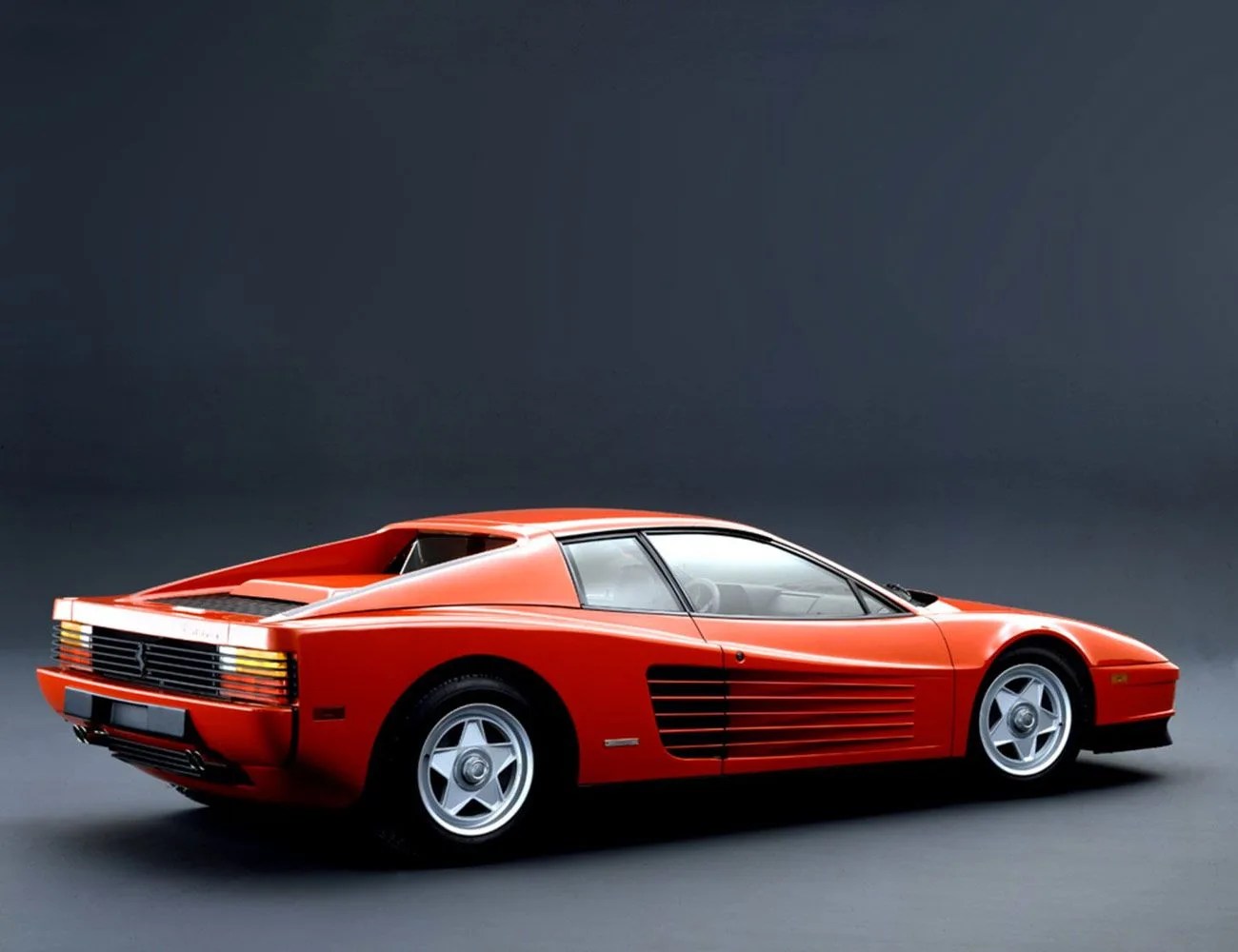
When it comes to air intakes, the Ferrari Testarossa ‘cheese graters’ might be the most famous of all. Two massive rear-mounted radiators and, in certain countries, regulations against large openings on cars, forced the hands of Pininfarina designers, but it worked out to everyone’s benefit.
1970 Plymouth Road Runner 440+6
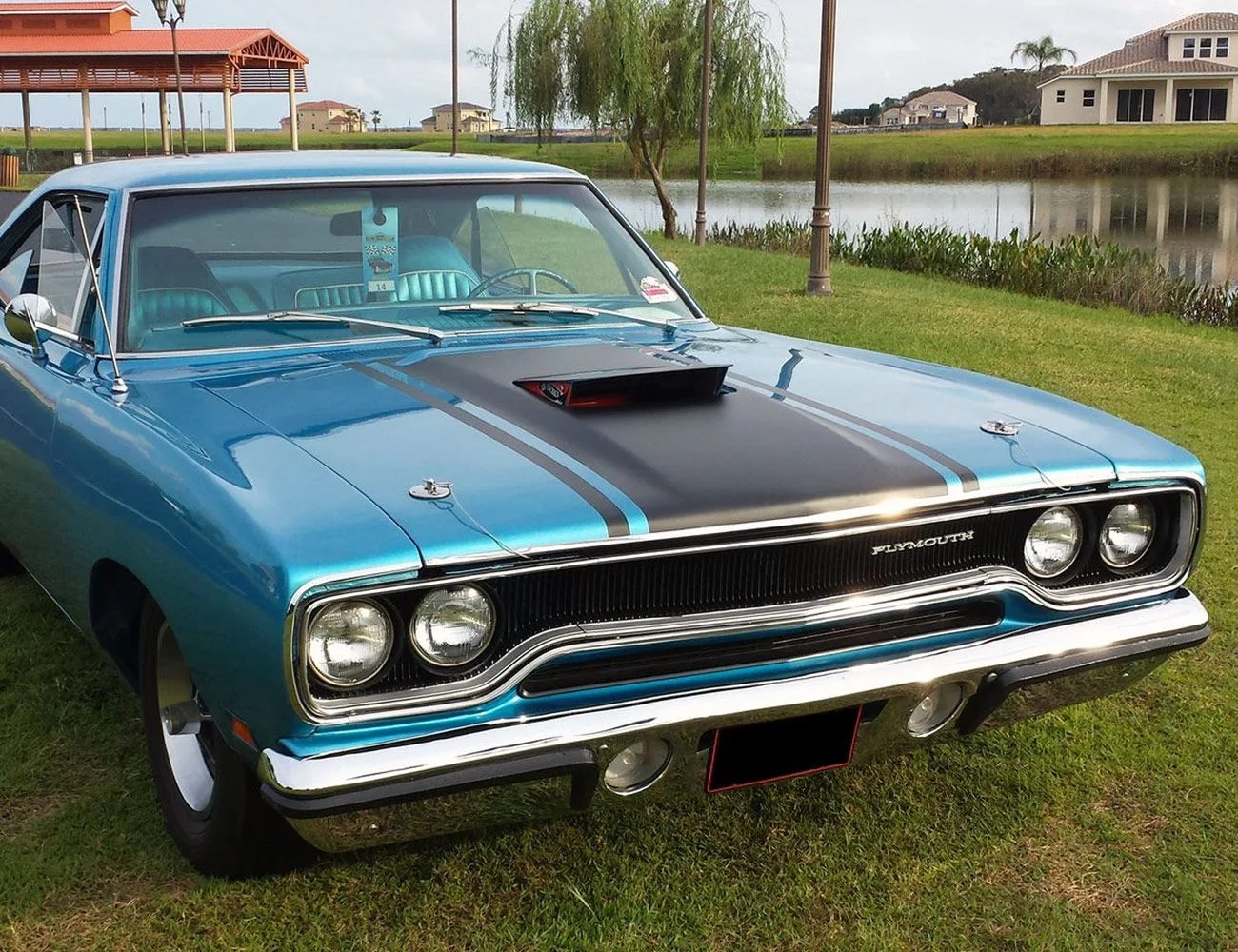
The optional extra Mopar “Air Grabber” was fairly rudimentary looking. But, for 1970, the dash-mounted actuator switch and cartoon graphics visible when opened were all kinds of cool.

